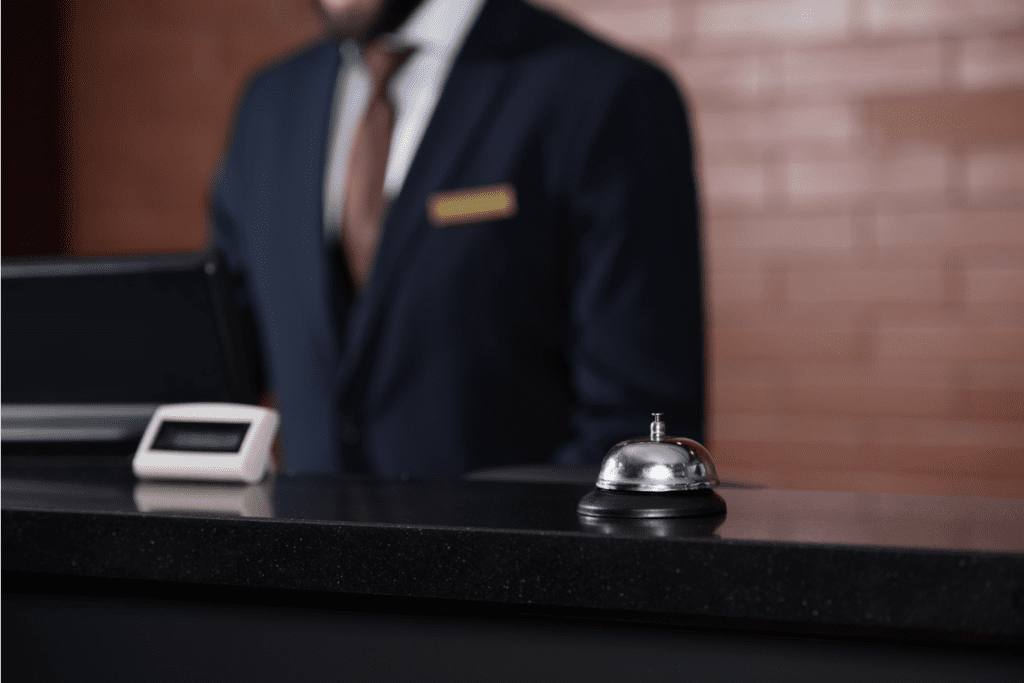 The Paycheck Protection Program (PPP), part of the original federal stimulus package, the CARES Act, was meant to keep workers on the job and small businesses alive during a time of financial uncertainty. But a lesser-known fact about the CARES Act’s signature program is that 80 percent of its loans have been forgiven.
The Paycheck Protection Program (PPP), part of the original federal stimulus package, the CARES Act, was meant to keep workers on the job and small businesses alive during a time of financial uncertainty. But a lesser-known fact about the CARES Act’s signature program is that 80 percent of its loans have been forgiven.
Thanks to data posted on the Small Business Administration’s (SBA) website, we can see all the program’s recipients, their loan amounts, and how much of their debt was forgiven.
Because of the program’s weak safeguards and poor SBA oversight, we may never know how many workers kept their jobs or how many small businesses PPP saved – but a lack of guardrails made it easy to misspend the money. A new report from the National Bureau of Economic Research (NBER) reemphasizes the PPP’s ineffectiveness: it concludes that only 23% to 34% of the $800 billion spent went to workers who would have otherwise lost their jobs.
Let that sink in. At best, a third of the money went to a program “that helps businesses keep their workforce employed during the COVID-10 crisis.”
The scope and scale of abuse, fraud and waste continues to grow, but much of the money actually went to companies that arguably shouldn’t have gotten it in the first place given their questionable histories or failed to use it for its intended purposes.
One such company is Boston Market. The company got a $10 million PPP loan – the maximum amount – and all of it was forgiven. Our Violation Tracker shows that the fast-food chain is owned by Sun Capital Partners, a company that previously paid a total of $10.5 million in penalties for wage and hour violations, employment discrimination, safety violations, and other offenses. With plenty of money in cash reserves, Sun Capital never should have gotten PPP money, but it joins hundreds of other private equity firms that did.
Air Wisconsin, a subsidiary of United Airlines, also got a $10 million loan that was ultimately forgiven. The fact that a subsidiary of a publicly traded top airline worth over $13 billion even got a loan is hard to believe. What makes it worse is the company’s long track record of discrimination against employees, fraud, and aviation safety and consumer protections law violations. Penalties totaled $143 million.
Another recipient that spent the money questionably was the Chateau Marmont. The swanky Hollywood hotel and hangout spot for the rich and famous let go of virtually its entire staff in March 2020. Despite it getting nearly $2 million in PPP money that was intended to support workers, only a small amount of its workforce – some of whom had worked there 30 years or more – has been brought back on. This loan was also forgiven.
These aren’t rare occurrences. There are many more stories like these.
Before we focus our full attention on the American Rescue Plan and the Build Back Better bill, it’s important that we continue to closely scrutinize what went wrong with this program, so future programs don’t make the same mistakes. NBER’s report suggests that next time around we adopt best practices from other high-income countries, such as wage subsidy programs or strengthening our business support systems.
And it isn’t too late to go after companies if they misused the money. Recipients can still be audited, and money clawed back even after a loan has been forgiven. The SBA should continue widespread investigations. Meanwhile, legislators must begin planning for how future catastrophes will be handled and develop rules that keep wealthy and powerful interests out, to ensure families and small businesses don’t just get the leftovers.